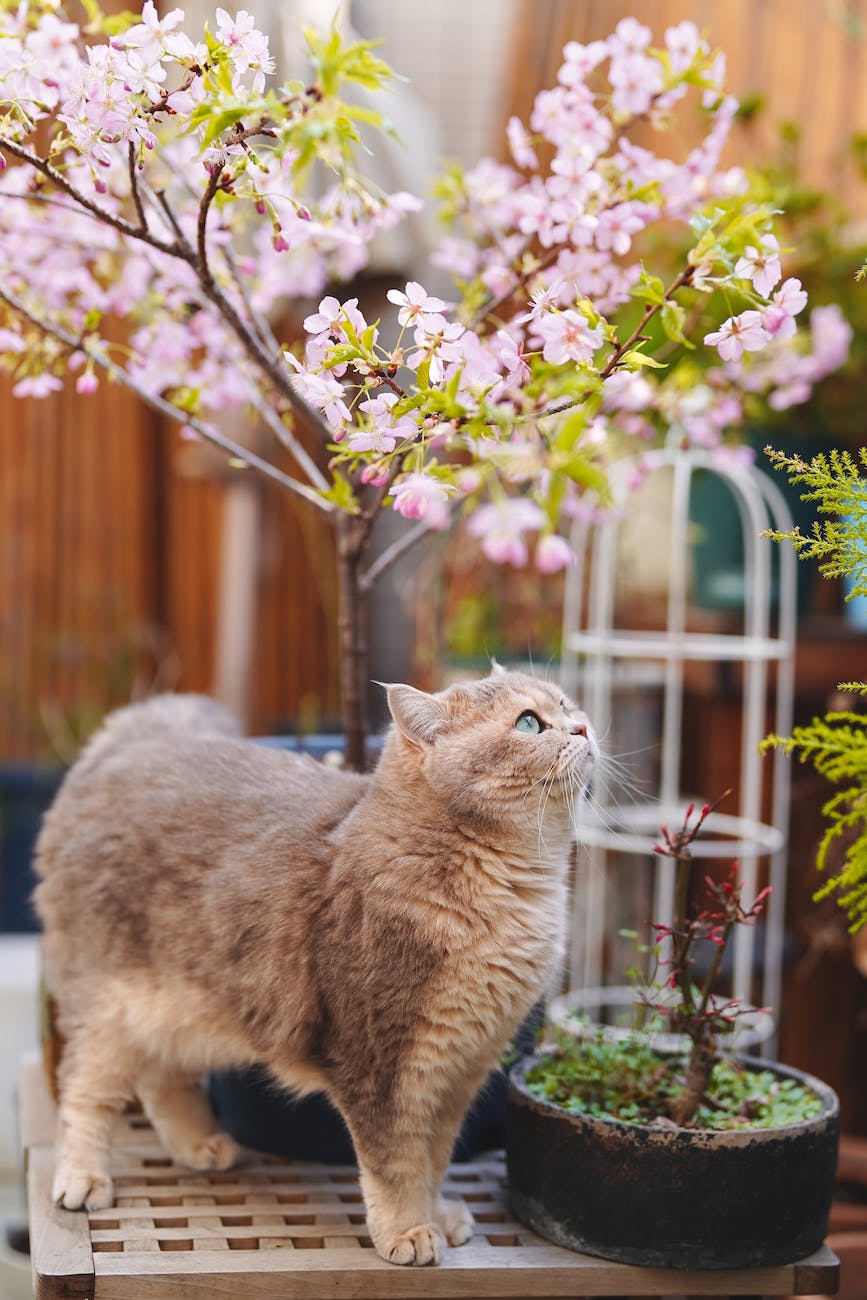Pre-Bonsai Preparation: Starting Young Trees on the Path to Miniaturization
Serious bonsai artists often begin cultivating potential specimens years before they ever take shape as miniature trees. Starting with seedlings or young saplings allows the gradual pre-bonsai training steps that establish ideal trunk girth, taper, movement, and branch structuring. Proper pruning, wiring, transplanting, and initial potting in a tree’s early years lays the developmental foundation necessary for it to become a refined bonsai later on. These preliminary preparations cannot be rushed or skipped if world-class bonsai is the ultimate goal. Learn key techniques for guiding juvenile specimens along the long road towards becoming venerable living artworks.
Sourcing Young Bonsai Candidates
Look in likely places for plant material with pre-bonsai promise.
Volunteer Seedlings
Vigorous young sprouts emerging on their own often adapt well to training. Watch where new trees take root.
Collected Starts
Responsibly dig up self-seeded saplings establishing with good trunk flair and taper.
Nursery Stock
Affordable common nursery trees can be styled with patience, even if ordinary presently.
Specialized Bonsai Nurseries
Some offer selector trays of starter specimens particularly suited for development.
Native Species
Young versions of elegant local trees like trident maple and spruce have potential.
Exotic Imports
Tropical pre-bonsai can be shipped from international growers to expand options.
Evaluating Young Stock Traits
Assess juvenile trees for attributes that support bonsai progress.
Existing Taper and Movement
Look for early taper and informal curves that can be enhanced through training.
Branch Habits
Deciduous species with frequent bud nodes along branches promote ramification when pruned.
Rooting Tendency
Healthy plump roots indicate trees will establish well after transplanting.
Vigor
Robust growers develop faster under bonsai techniques.
Proportional Scale
All parts should appear balanced and in harmony already.
Healthy Bark
Smooth, intact young bark protects the cambium during bending and wiring.
Initial Transplanting
Carefully transplanting young trees encourages pre-bonsai development.
Selecting an Early Pot
Choose a training container proportional to the sapling that allows roots to spread naturally.
Examining Original Roots
Evaluate current root shape and direction before transplanting.
Preserving the Taproot
Retain intact thick descending taproots or radish-like roots to promote taper.
Positioning with a Future in Mind
Consider front planting angle that supports intended styling.
Aftercare Recovery
Provide ideal warmth, humidity, shelter, and water after repotting delicate transplants.
Thoughtful Early Pruning
Strategic early pruning increases trunk girth and improves shape.
Establishing a Leader
Allow the straightest apical shoot freedom to extend vertically and thicken as a leader.
Making Early Choices
Select early which secondary branches complement the leader to retain.
Judicious Trimming
Prune judiciously, allowing most branches extended growth to thicken the trunk.
Wound Protection
Seal any major pruned branch scars to prevent decay.
Promoting Bud-Back
Leave some tips after pruning to encourage back-budding closer to the trunk.
Retaining Flowers and Fruit
Resist removing flowers and fruit, which aids rapid trunk expansion at this stage.
Initial Structural Wiring
Early training bend saplings towards future shapes.
Bending NOT Twisting
Carefully bend and secure pliable branches using wire. Don’t twist tender shoots.
Gradually Over Time
Make minor gentle structural wiring adjustments progressively over several seasons.
Monitoring Bark
Check that wire is not biting too deeply into flexible young bark as branches thicken.
Preventing Scarring
Use bark protection sheets under tight wire to reduce permanent marks.
Retaining Movement
Guide overall form but avoid perfect symmetry. Informal character shows promise.
Removing Wire Periodically
Monitor and remove wires annually as branches set in position and gain girth.
Root and Trunk Development
Promoting balanced root and trunk growth ensures vigorous maturity.
Watering Thoroughly
Deep watering encourages thickening trunk base and taproot elongation.
Fertilizing Judiciously
Use organic fertility to nourish extending roots and new shoots.
Managing Leaf Density
Allow full leafiness to encourage photosynthesis benefitting the entire tree.
Preventing Stagnation
Repot annually or biannually at this stage if roots circle the container sides.
Exercising Patience
Resist rushing. Remember substantial girth requires decades of incremental growth.
Protecting Young Trees
Take measures to preserve their health over long timeframes.
Sheltering from Elements
Offer protection from extreme winds, frost, hail, and precipitation while young.
Pest Control
Don’t allow infestations that weaken formative growth. Check meticulously.
Proper Winterization
Research and provide seasonal dormancy conditions suited to the species.
Monitoring for Scars and Damage
Promptly treat any wounds that could compromise future structure.
Handling with Care
Avoid wire or handling that scars or disfigures soft tissues.
Enjoying the Journey
The long road of cultivating future bonsai specimens mindfully has its own pleasures.
Learning Each Tree’s Personality
Their unique growth habits and responses reveal individuality.
Participating in the Process
Nurturing life from sapling to specimen creates an intimate bond.
Witnessing Progress over Time
Enjoy milestones like first flowering or branching as they gradually arrive.
Studying Models
Visit mature bonsai exhibitions to envision your tree’s possibilities.
Joining Community
Share the pre-bonsai journey with other patient hobbyists.
Dedicate yourself to giving young trees the care and respect required to eventually realize their grandeur as aged miniature landscapes. Embrace this prolonged creative collaboration.
